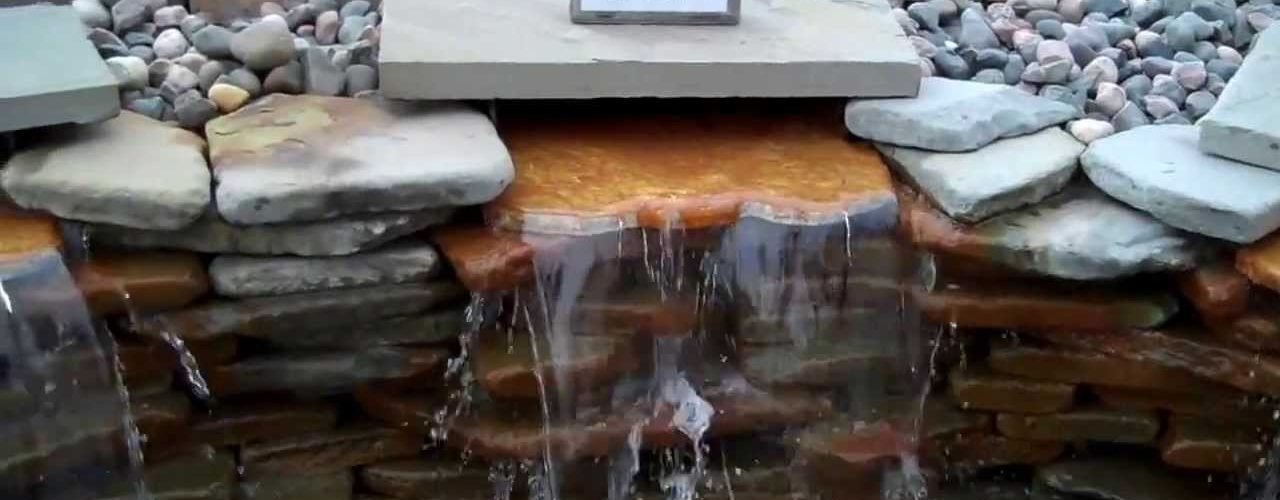Having a pond or water feature in your yard is a unique attraction for both you and your guests to enjoy. By adding plants, fish and a waterfall it will be an ever-changing focal point. After spending time and money creating an aesthetically pleasing water feature you want to ensure that it continues to look great and last for a very long time. This means you need to invest in a garden waterfall pump. The pump will create continuous movement in the pond which can create a relaxing sound. Also, because water contains oxygen, when it is circulated via a pump, it distributes that oxygen to the plants and fish helping them to remain healthy. It also benefits a good type of bacteria that lives in the water on the surface of things like rocks and stones.
To choose the best pump for your garden waterfall you need to decide on the type of pump, the amount of flow rate that you want, and you need to know the size of the pond. A pump can either be above the surface or submerged below the water. Pumps that are above the water are easier to repair and maintain because they generally don’t get clogged by pond debris, but they are usually more expensive, are unsightly to look at and can be rather noisy. A submersible pump is very quiet, hidden from sight, and less expensive, but it is more difficult to repair any problems since it will have to come out of the water. The submerged pump can also get pond debris in the hose and pump which may clog it and require it to be cleaned more frequently.
Once you determine the type of pump, you will then need to choose the amount of power. There are different pump sizes. Because they all put out different amounts of flow you will need to determine the minimum flow rate that your pump will require to function properly. Flow rate is the amount of gallons of water per hour that will flow over the waterfall. The minimum amount of flow needs to be at least half of the volume of the pond. Therefore you will need to know the pond volume and the measurements of the waterfall.
To get the pond volume, which is the number of gallons of water that your pond holds, you need to do some calculating. If the pond is round, then you need the diameter and the depth measurements. If it is rectangular or square, then you will need the length, width and depth measurements. Once you have them, simply divide the total in half to get the minimum number of gallons needed.
For the waterfall you will also need to determine the number of feet into the air that the water will have to push upward. This will require you to measure the vertical height, or elevation, of the waterfall. Simply start at the surface of the water and measure vertically to the top of the waterfall. You will also need to measure the horizontal width of the waterfall lip, which is also referred to as the sill, weir or edge. This is the point where the water overflows. Additionally you need to measure the distance that the pipe will run to get there.
Once you ensure that the pump meets the minimum requirements, you can choose to increase the amount of force or intensity of the waterfall by choosing a pump that is more than the minimum. This will increase the amount of gallons per hour and the sound that the water makes when it hits the surface of the water. Most stores and web sites will have a chart to help you out. For even more information visit Water Garden. It has an extensive library of articles that cover just about everything you could possibly need to know to set-up and maintain your water garden.
<>




